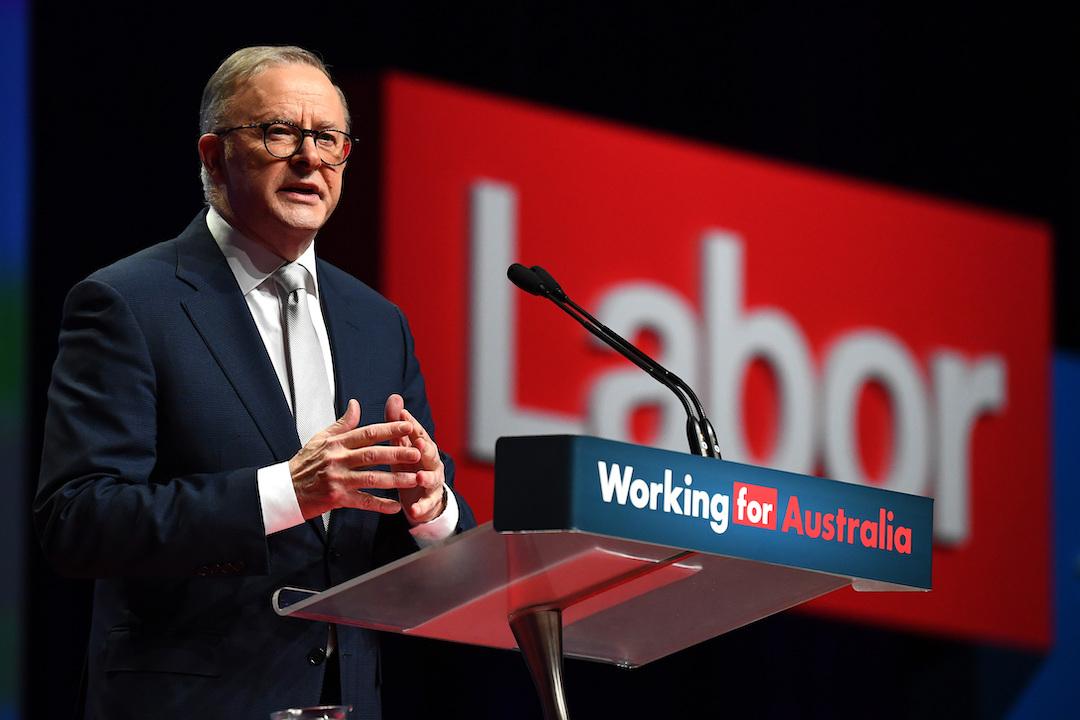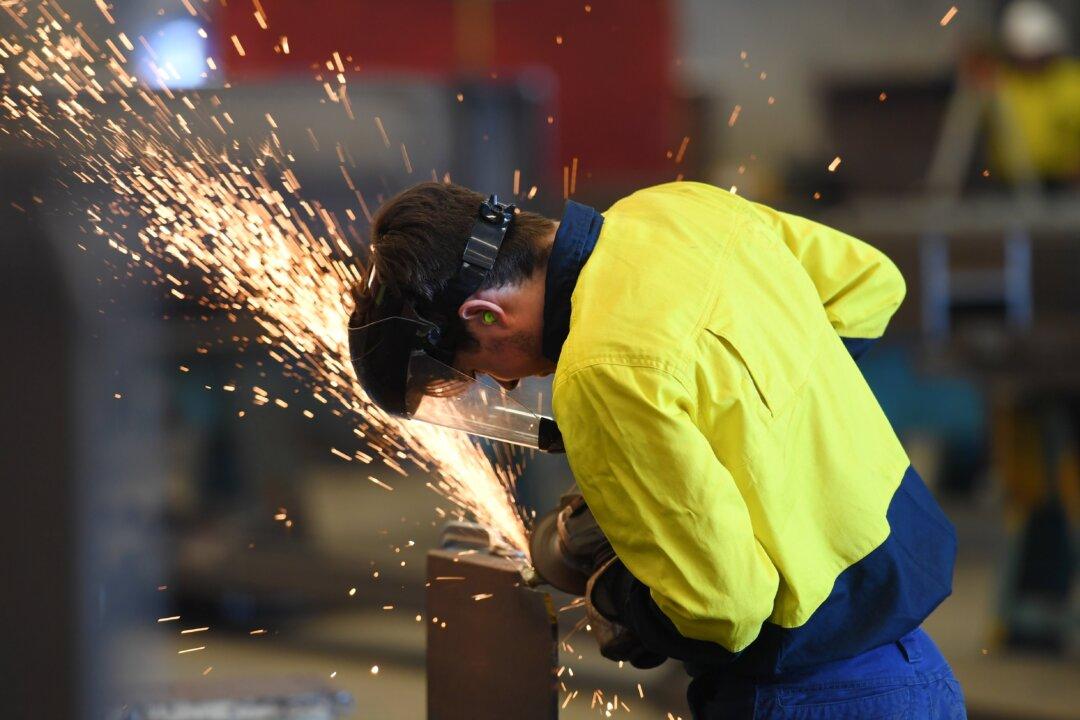Australian Prime Minister Anthony Albanese will accelerate his government’s low emissions policies after The Voice referendum.
His comments follow his visit to Adelaide, where he announced the federal government’s support for the development of South Australia’s first large-scale hydrogen export terminal, which forms part of the federal government’s $2 billion Hydrogen Headstart Program.





